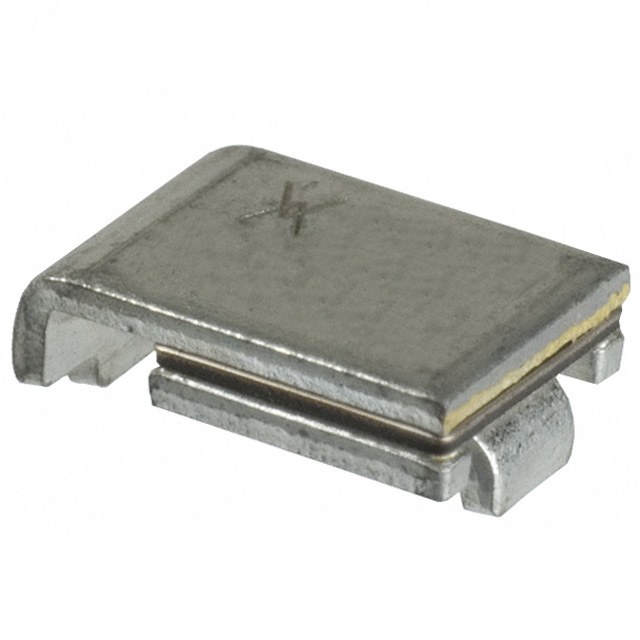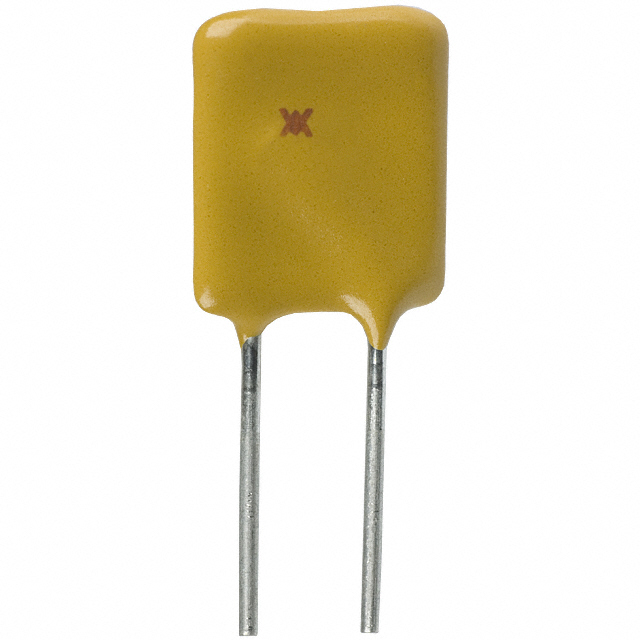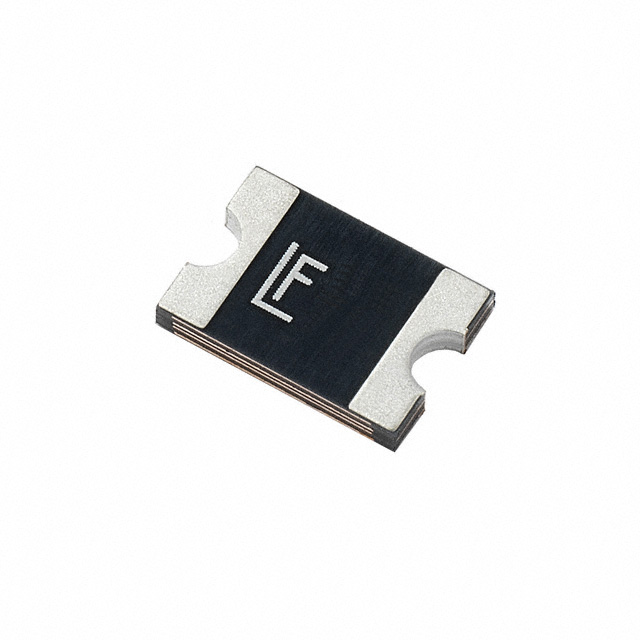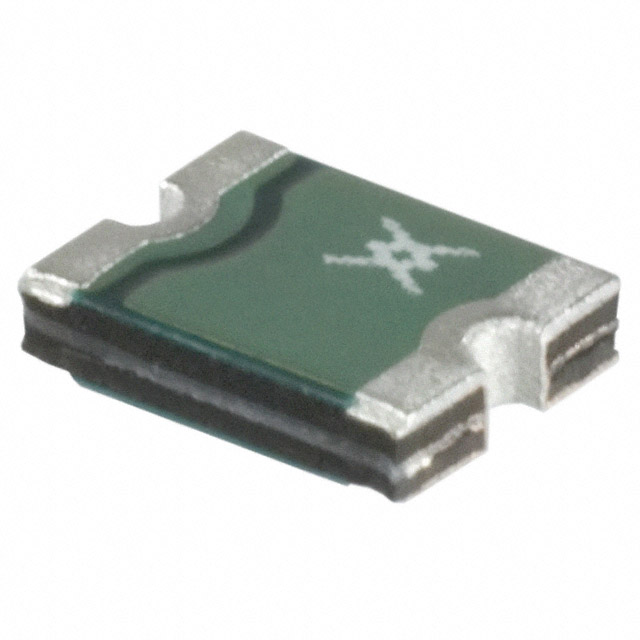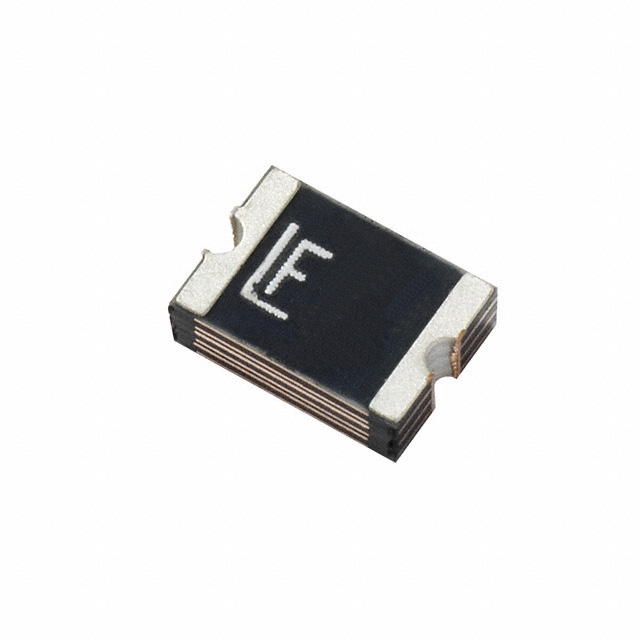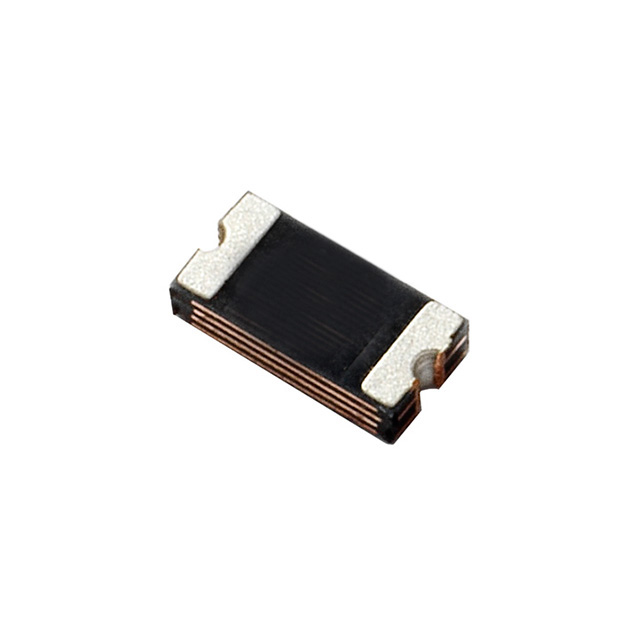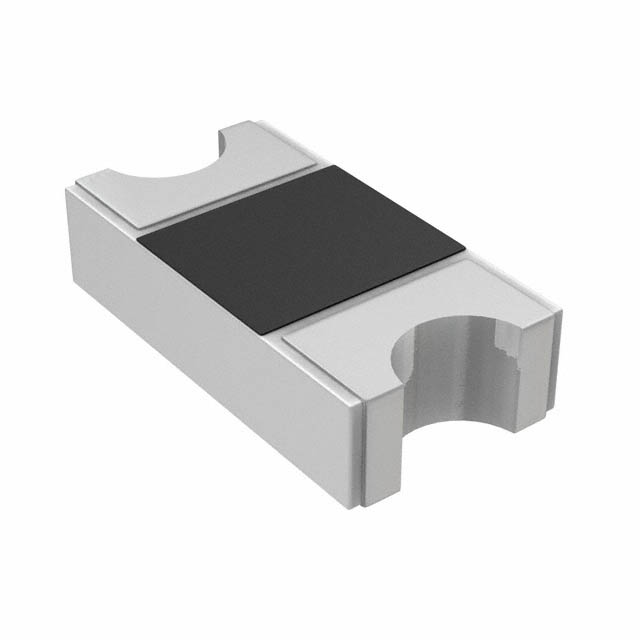Categories
- PTC Resettable Fuses(14)
- 1
Description of PTC Resettable Fuses
Positive Temperature Coefficient resettable fuses, also known as PTC resettable fuses, are circuit protection devices that provide overcurrent and overtemperature protection in various applications. Their functions are similar to one-time fuses by opening electric circuits during fault events but are resettable, allowing for extended use over their lifetime.
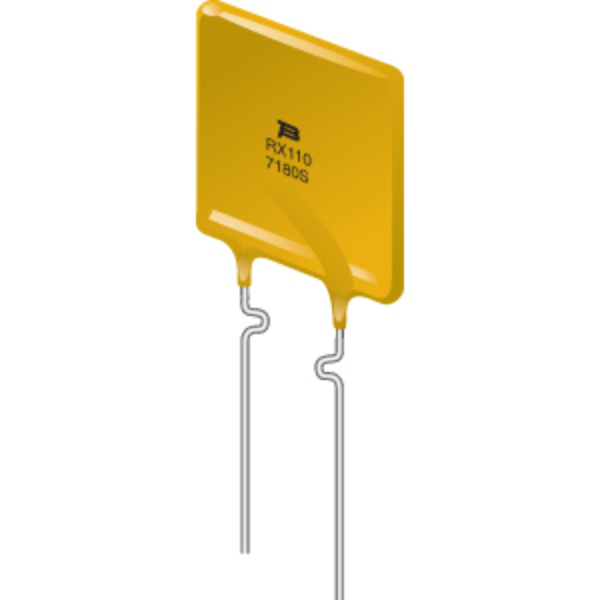
PTC resettable fuses
Applications of PTC Resettable Fuses
1. Protection of rechargeable battery packs in low-voltage devices such as mobile devices, smartphones, digital cameras, and gaming consoles.
2. Overload protection in DC motors to prevent damage due to thermal overstress in the motor windings.
Advantages of PTC Resettable Fuses
Reusability: Unlike one-time fuses, PTC fuses can be reset and used multiple times, reducing replacement costs.
Automatic Reset: They automatically reset after the fault condition is removed, providing continuous protection without manual intervention.
Protection: They offer protection against overcurrent and overtemperature, which can damage circuits and components.
Specifications for PTC Resettable Fuses
Hold Current (IHOLD): The maximum current the fuse can sustain for long periods without tripping.
Voltage Rating (VMAX): The maximum continuous operating voltage the device can withstand without damage.
Trip Current (ITRIP): The minimum current required to interrupt current flow at +23°C.
Trip Time (tTRIP): The maximum time taken for the fuse to switch to a high-resistance state.
Maximum Current (IMAX): The maximum fault current the PTC can withstand without damage at rated voltage.
Initial Resistance (Ri): The PTC resistance in the initial state at +23°C.
Post-Trip Resistance (RTRIP): The maximum resistance measured one hour after a trip event.
Temperature Derating: Adjustments to hold and trip current ratings at different operating temperatures.
Power Dissipation (PD): The amount of power dissipated during the tripped state at +23°C
Structural Features of PTC Resettable Fuses
1. Two functional states: ON (tripped) and OFF (standby), with high resistance in the ON state and low resistance in the OFF state.
2. Automatic reset capability after fault clearance.
3. Protection against short circuits and overheating.
4. Wide range of footprints, ratings, packaging, and mounting styles for various applications.
Frequently Asked Questions
What is the difference between a PTC fuse and a regular fuse?
To put it succinctly, PTC fuses do not maintain a consistent, measurable resistance when tripped. A critical distinction between traditional fuses and PTC fuses is that the load circuit is not entirely cut off during a fault; instead, a high-resistance leakage path persists through the PTC fuse.
What is the difference between PTC and PPTC?
A PTC thermistor is a unique type of resistor with a positive temperature coefficient, meaning its resistance increases proportionally with temperature. On the other hand, a PPTC (Positive Polymer Temperature Coefficient) device is a passive electronic component designed to protect circuits from excessive current surges, using a polymer material that exhibits a positive temperature coefficient.
How to select right PTC resettable fuses?
Follow a 6-step process to determine circuit parameters, select a fuse based on maximum ambient temperature and steady-state current, compare ratings, determine time-to-trip, verify operating temperature range, and verify fuse dimensions and mounting style.







